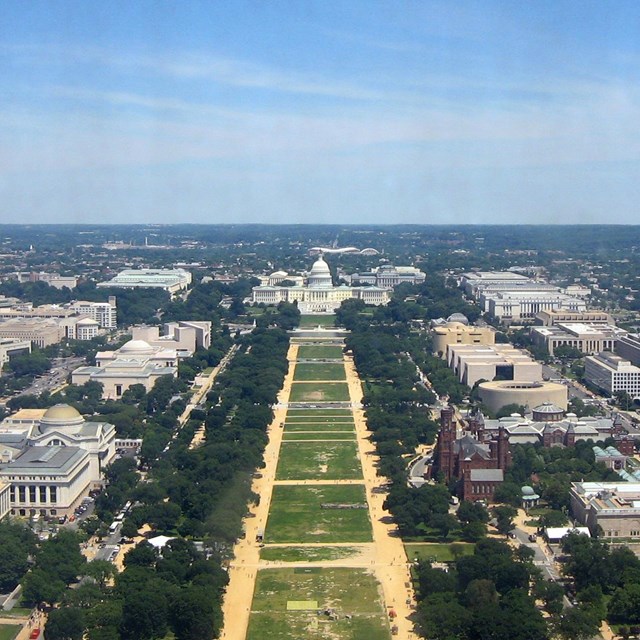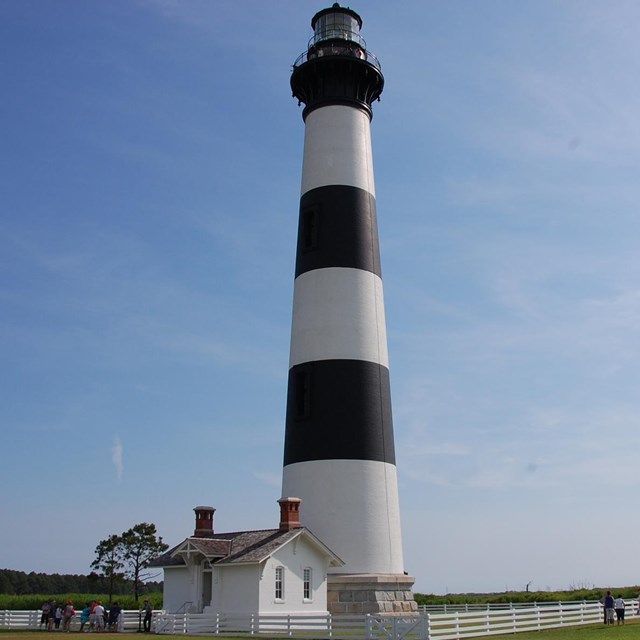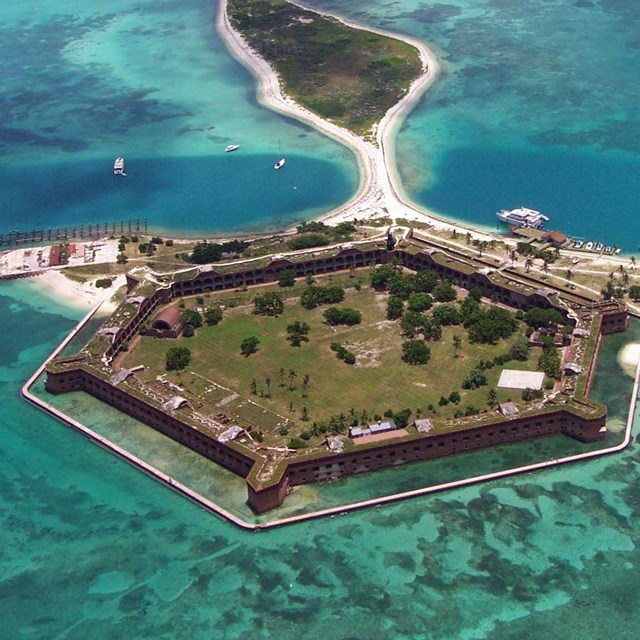Cultural landscapes are historically significant sites within national parks that showcase how people have engaged with their natural environments over time. By documenting and managing cultural and natural resources together within defined geographical areas, the cultural landscape approach helps us to better understand the contemporary world. It provides a view of the past in which people and nature are shaped through dynamic interactions.
By portraying environmental change as a product of climate, ecology, and cultural practice, cultural landscapes offer a way of understanding resources that informs the complex challenge of changing climate. Our understanding can be limited, however, by constructs such as social bias, perceived division between humans and nature, and the delineation of a boundary around a cultural landscape. It is important to recognize limitations and strive for the most holistic approach to understanding.
Climate Change Resources
-
 Cultural LandscapesClimate Impacts in Parks
Cultural LandscapesClimate Impacts in ParksDiscover research, planning tools, and articles about climate change and park cultural landscapes.
-
 Cultural LandscapesClimate Change Response Strategy
Cultural LandscapesClimate Change Response StrategyHow do cultural landscape stewards understand the impacts of climate change and prepare for a changing future?
-
 Learn MoreClimate Change References and Reports
Learn MoreClimate Change References and ReportsResources, policy, and studies on climate and cultural landscapes.
-
 Withstanding ChangeResilient Systems
Withstanding ChangeResilient SystemsLearn more about how components of resilient systems are integrated into cultural landscape management practices.
-
 Enduring LandscapesSustainability
Enduring LandscapesSustainabilityPreservation is closely tied to achieving sustainable stewardship, which includes economic, environmental, and social dimensions.
-
 National Parks on a Changing PlanetClimate Change
National Parks on a Changing PlanetClimate ChangeClimate change threatens the natural and cultural resources in many of our national parks. See what the NPS is doing and how you can help.
Last updated: November 13, 2024
